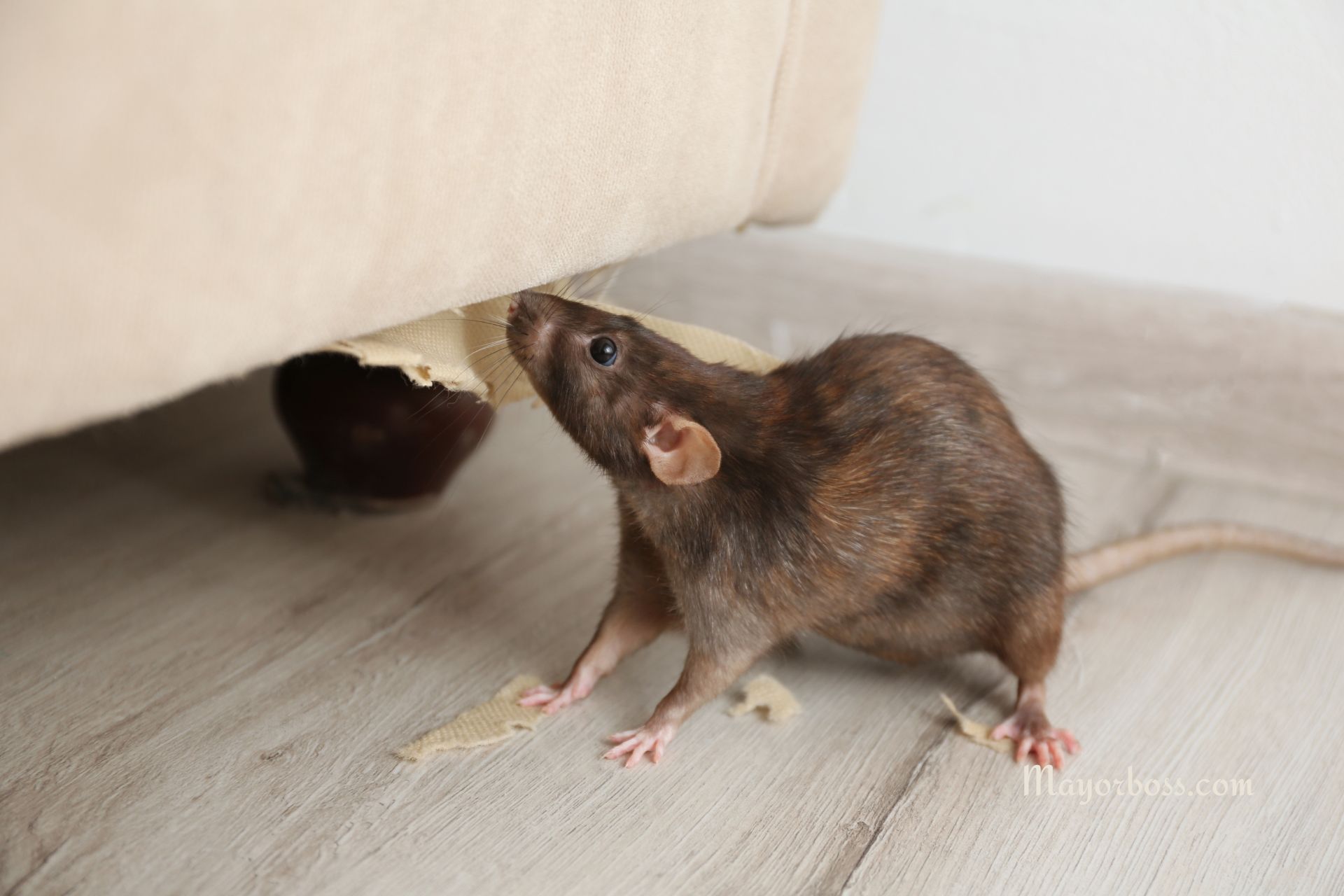What Scents Do Mice Hate? Top Smells to Repel Rodents
Dealing with a mouse infestation can be a daunting task. These small rodents can cause significant damage to your home by gnawing on wires, contaminating food sources, and spreading diseases. Fortunately, there are natural and safe methods to deter mice from using scents they find repulsive. In this article, we will explore the top smells that can help you keep mice at bay, ensuring your home remains rodent-free.

What Scents Do Mice Hate?
Mice have a highly developed sense of smell, which they rely on to find food, navigate their environment, and avoid predators. By introducing smells that mice find unpleasant or threatening, you can effectively discourage them from entering your home. Here are some of the most effective scents known to repel mice:
Peppermint Oil
- Why Mice Hate It: The strong, minty aroma of peppermint oil is overwhelming to mice and can effectively drive them away.
- How to Use It: Soak cotton balls in peppermint oil and put them in places where mice are likely to enter your home, such as near doors or holes in the walls.
Cinnamon
- Why Mice Hate It: Cinnamon has a potent smell that mice find incredibly off-putting.
- How to Use It: Sprinkle cinnamon powder or place cinnamon sticks in areas where mouse activity has been noticed.
Ammonia
- Why Mice Hate It: Ammonia mimics the scent of predators’ urine, instilling fear and deterring mice from coming near.
- How to Use It: Create a solution of water and ammonia and use it to clean floors, corners, and entry points to repel mice.
Clove Oil
- Why Mice Hate It: Clove oil emits a strong fragrance that is disliked by mice.
- How to Use It: Similar to peppermint oil, soak cotton balls in clove oil and distribute them in strategic locations around your home.
Vinegar
- Why Mice Hate It: The sharp scent of vinegar is another effective deterrent for mice.
- How to Use It: Mix vinegar with water and use the solution to clean surfaces in your kitchen, bathroom, and other areas prone to mouse infestations.
Bay Leaves
- Why Mice Hate It: Bay leaves emit a smell that mice find repulsive, although it is quite pleasant to humans.
- How to Use It: Place whole bay leaves in cupboards, drawers, and areas where food is stored to keep mice away.
Mothballs
- Why Mice Hate It: The strong chemical smell of mothballs is not only repulsive to moths but also to mice.
- How to Use It: Use mothballs with caution, especially if you have pets or children, and place them in areas where mice are a problem.
Tips for Using Scents to Repel Mice
- Refresh Regularly: The effectiveness of these scents will diminish over time, so it’s important to replace or refresh them regularly.
- Combine Scents: Using a combination of these scents can provide a more effective barrier against mice.
- Seal Entry Points: While scents can help repel mice, the best prevention is to seal any cracks, holes, or entry points where mice can enter your home.
- Maintain Cleanliness: A clean home is less attractive to mice, so ensure food is stored properly and that crumbs and spills are cleaned up promptly.
Frequently Asked Questions
Are these scents safe for pets and children?
Most of the natural scents mentioned are safe for use around pets and children, especially in their diluted forms. However, caution should be used with ammonia and mothballs, as they can be harmful if ingested or inhaled in large quantities.
How long do these scents last before needing to be reapplied?
The longevity of these scents varies depending on environmental factors such as air circulation and humidity. Typically, natural oils may need to be reapplied every few weeks, while stronger substances like ammonia might last longer.
Can these scents completely eliminate a mouse infestation?
While these scents can effectively repel mice and prevent new ones from entering, they may not completely eliminate an existing infestation. For severe infestations, it may be necessary to combine these methods with traps or seek professional pest control assistance.
